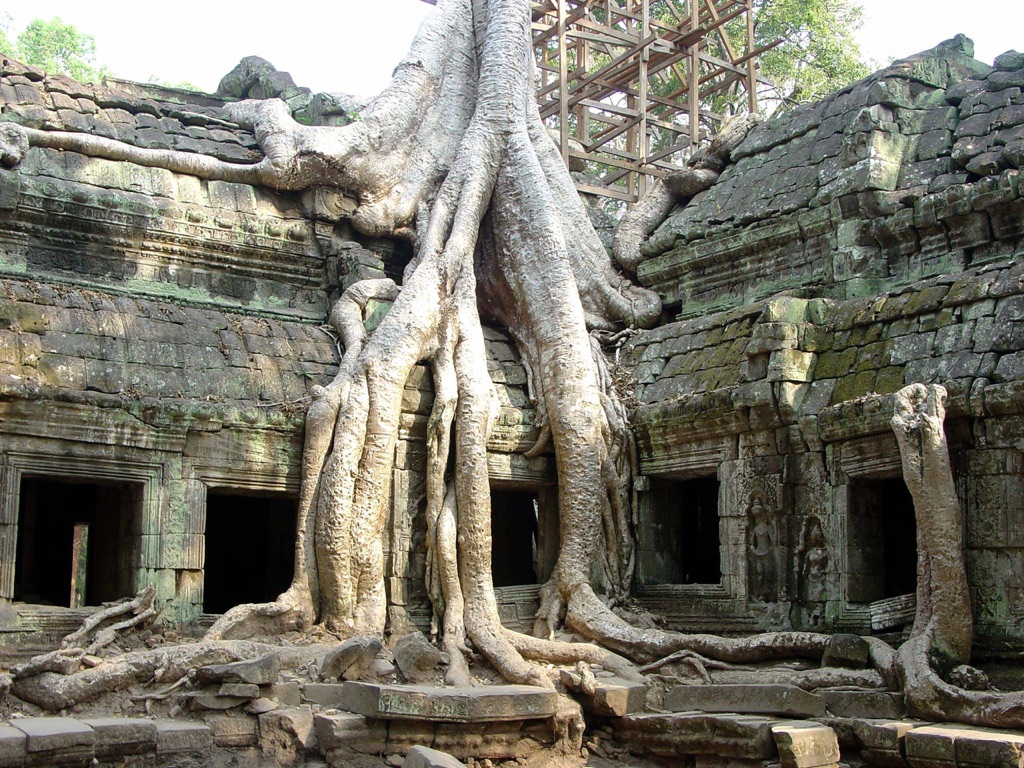Deep within the jungles of Cambodia, shrouded by the emerald foliage and the whispers of history, lies the enigmatic Ta Prohm Temple. This captivating archaeological site, part of the larger Angkor complex, is a testament to the grandeur of the Khmer Empire and the inexorable march of time and nature.
Get your dose of History via Email
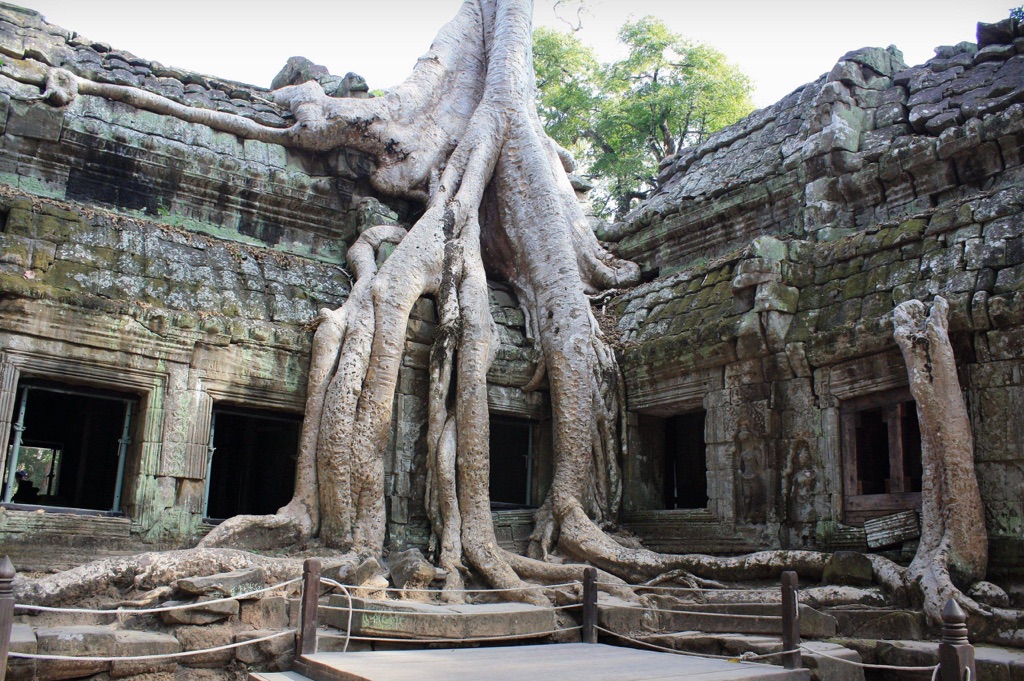
Historical Background
The Ta Prohm Temple was built in the late 12th and early 13th centuries during the reign of the Khmer King Jayavarman VII, a period often regarded as the apex of classical Khmer architecture. The temple was initially named Rajavihara, meaning “monastery of the king”, and served as a Mahayana Buddhist monastery and university. Over the centuries, the temple fell into disuse and was gradually reclaimed by the surrounding jungle, creating the unique blend of nature and architecture that we see today.
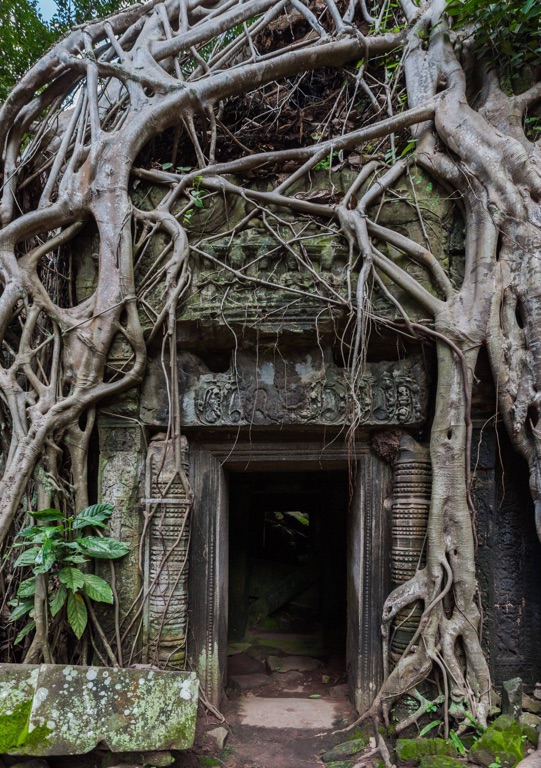
Architectural Highlights
The Ta Prohm Temple is a prime example of the Bayon style, characterized by its intricate stone carvings, labyrinthine galleries, and towering face towers. The temple complex spans approximately 650,000 square meters, with the central sanctuary alone reaching a height of 23 meters. The construction primarily used sandstone, which was quarried from the holy mountain of Phnom Kulen and transported to the site via a network of canals. The temple’s most distinctive feature, however, is the sprawling silk-cotton and strangler fig trees that intertwine with the stone structures, creating a surreal tableau of man-made and natural elements.
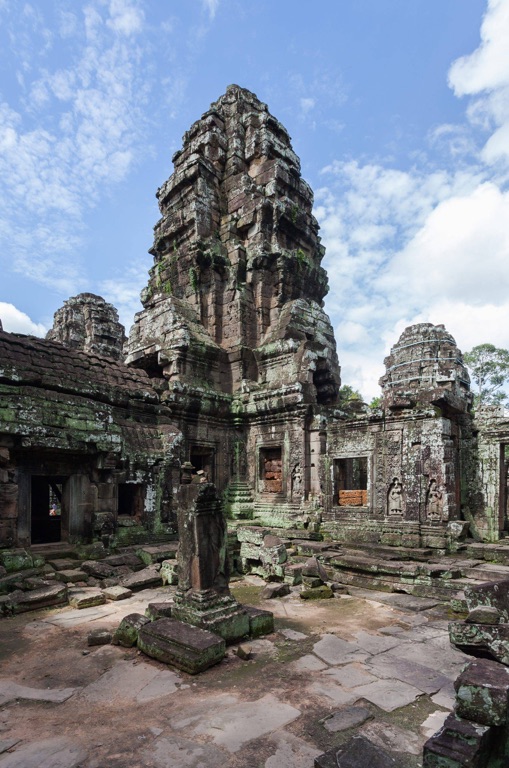
Theories and Interpretations
While the primary function of Ta Prohm as a Buddhist monastery and university is well-established, there are several theories regarding the symbolism and purpose of its intricate carvings and layout. Some scholars suggest that the temple represents the mythological Mt. Meru, the center of the universe in Hindu and Buddhist cosmology. The temple’s alignment with the cardinal directions and the astronomical significance of certain structures also hint at its role as an observatory. The dating of the temple was primarily done through stylistic comparison and historical records, as traditional radiocarbon dating is not applicable to stone structures.
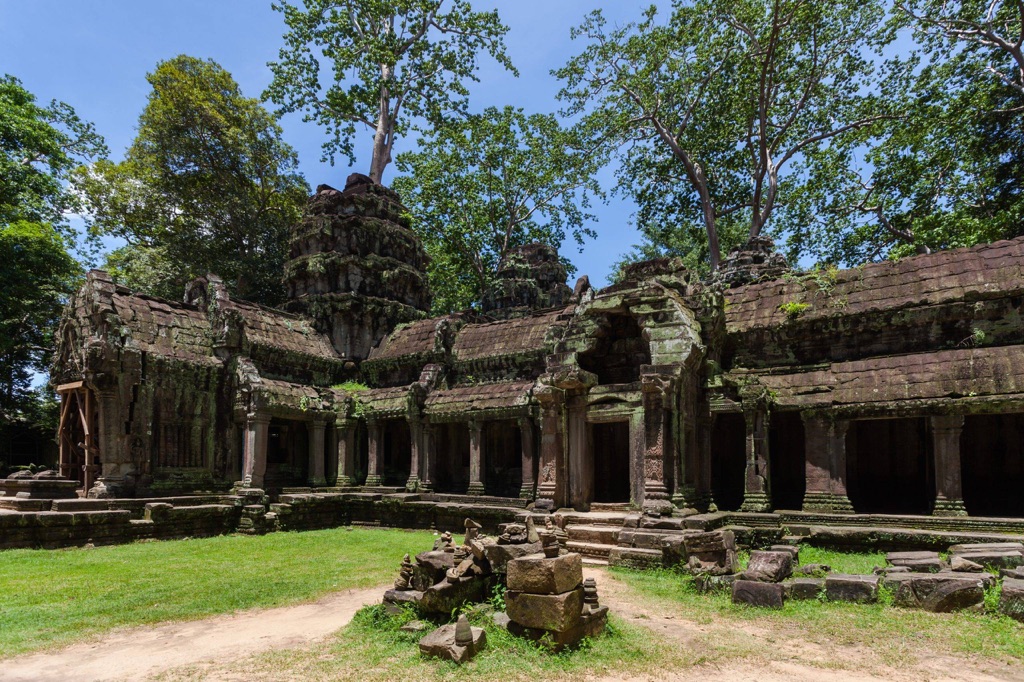
Good to know/Additional Information
One of the most intriguing aspects of Ta Prohm is the so-called “dinosaur carving”. This small carving, located on a doorway in the central sanctuary, appears to depict a stegosaurus, a dinosaur that lived millions of years before humans. While some propose this as evidence of ancient knowledge of dinosaurs, most historians and paleontologists believe it to be a case of pareidolia, where the human mind perceives a familiar pattern where none exists. Regardless of its true nature, this carving adds another layer of mystery to the enigmatic Ta Prohm Temple.
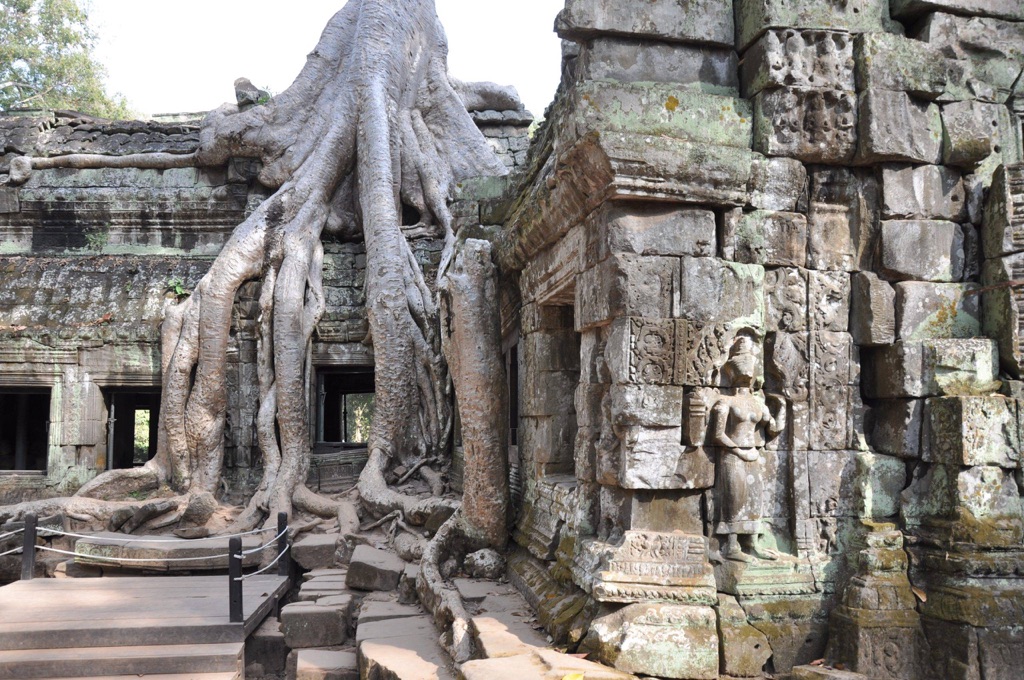
For further reading and to validate the information presented in this article, the following sources are recommended:

